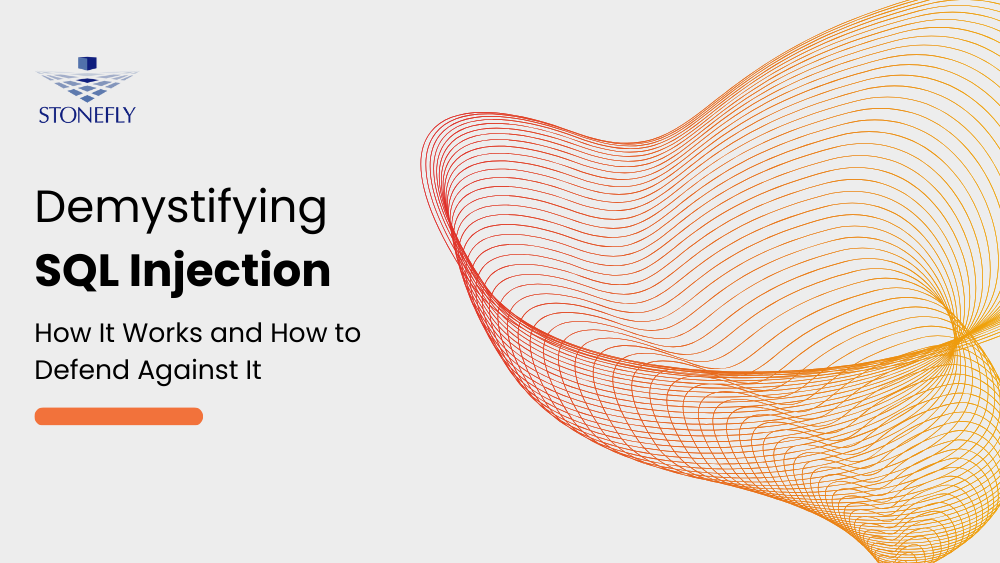The worst nightmare for any organization is system failure. Do you have mission critical applications which can’t be compromised? Outages are costly and it wastes time resulting in loss of business. Here is when High availability (HA) configuration comes in. You can use a high availability node which has full active-active cluster. It has two active-active head controllers plus dual active-active RAID controllers and two management engines. The data is failed over in few seconds. Through HA there is no point of failure. The HA node has at least 3 nodes which run actively.
- The main purpose of the High availability node is to achieve workload balancing. It distributes workloads across all nodes in order to prevent any single node from getting overloaded. With more nodes the response times are improved.
- High availability helps to safeguard against failure, as there are more nodes to cover up.
- To ensure that the system or service remains functioning.
Three Questions To Keep In Mind When, Including HA:
- Where does HA fit into your infrastructure?
- How to incorporate HA in your data management strategy?
- How to test HA?
You can answer these 3 questions, via the following steps.
Do you really need high availability?
HA is always useful, but HA is not always necessary. It depends on the requirements of the company. You have to ensure that whether you need HA or not.
Don’t be afraid of data redundancy
When you have decided that you require HA for your infrastructure. Then the next step is to make sure it works to the best of its capacity. In order to ensure that, you need to determine the right level of redundancy for your data. Data redundancy acts like a backup component which increases resilience.
Guest clustering adds protection
Guest clustering is a type of failover which consists of more than two Virtual Machines (VMs) which are grouped together. These VMs are designed to implement HA on VM level which safeguards from system failure.
Testing high-availability servers
HA is the smart choice for any virtual infrastructure but the major challenge is to maintain it. Testing the HA server is the difficult part. There are two things that you should consider.
- What effect will an HA system failure will have on your business?
- What level of uptime do you need for your HA servers?
The answers to these questions can show you how frequently you need to test your server.
High availability node can provide you low costs, unprecedented speed, automatic replication of your data and low TCO of your data center. The advanced features of StoneFly’s appliances incorporating HA include:
- Virtual Machine.
- Volume backups.
- Delta-based snapshots.
- Thin provisioning with space as needed for the vault.
- Shared drives.
- Hardware assisted data deduplication.
- Real-time synchronous replication.










